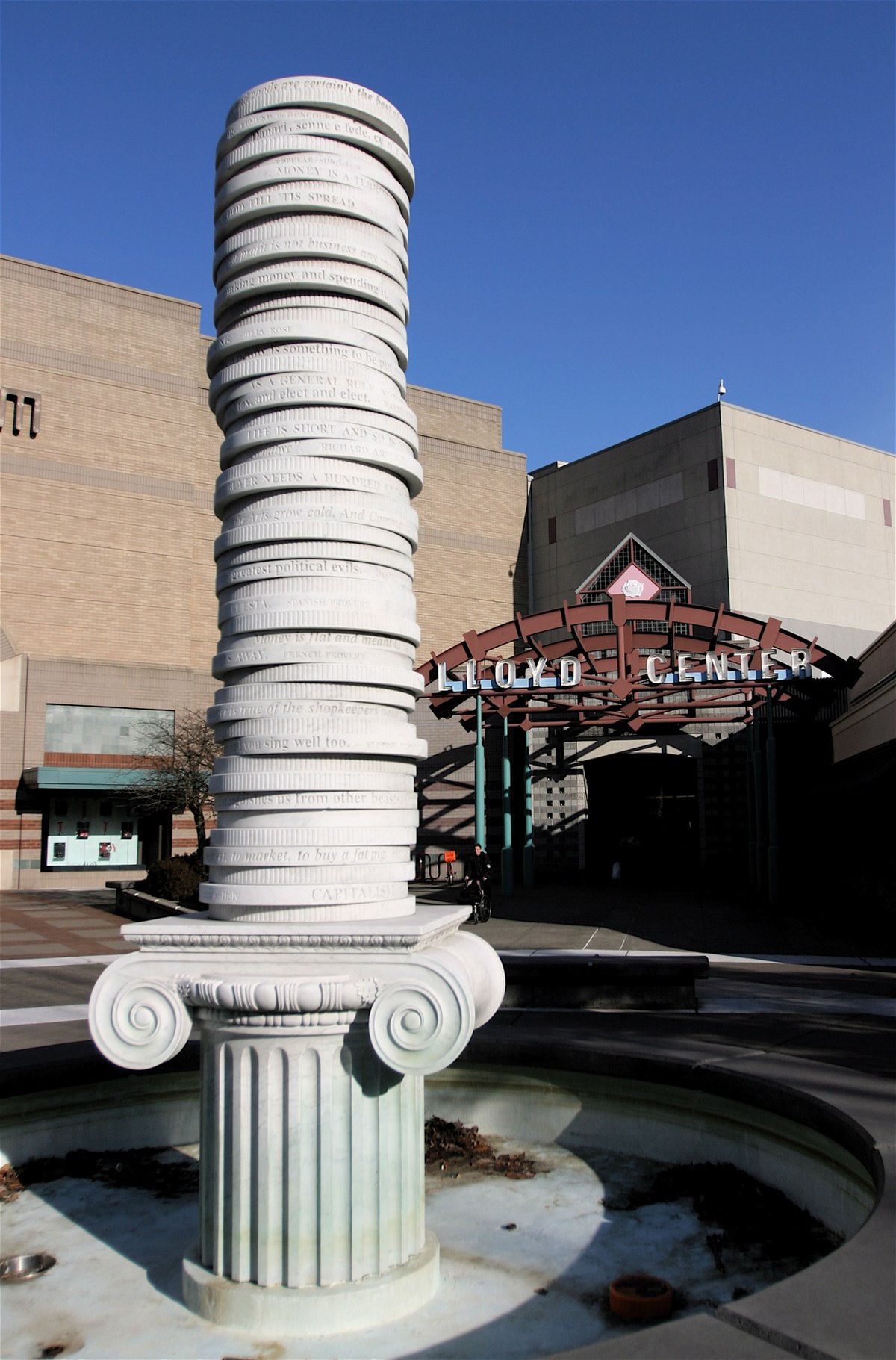The decision to replace the existing theater was part of a broader urban redevelopment plan for the Lloyd Center area, which included the construction of over 1,300 new apartment units[1]. This transformation reflects a broader trend in urban planning, where mixed-use developments aim to revitalize city centers by combining residential, entertainment, and commercial spaces.
The new theater was intended to enhance the movie-going experience, offering amenities that appeal to a changing audience seeking more than just a film screening. This shift highlights how entertainment venues are adapting to consumer preferences for premium experiences[1].
Despite these changes, the original Regal Lloyd Center 10 & IMAX holds historical significance as a cultural landmark. Its replacement raises questions about preserving cultural heritage sites in rapidly developing urban areas[2].



.jpg)



%20-%203.jpg)






.jpg)